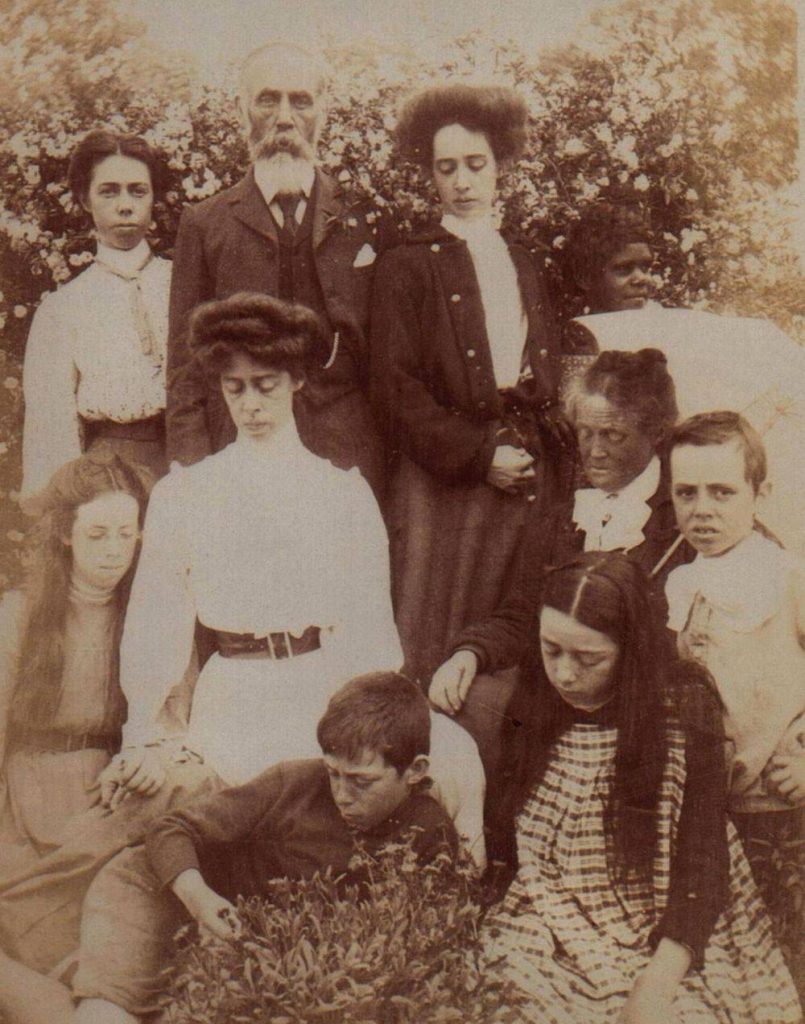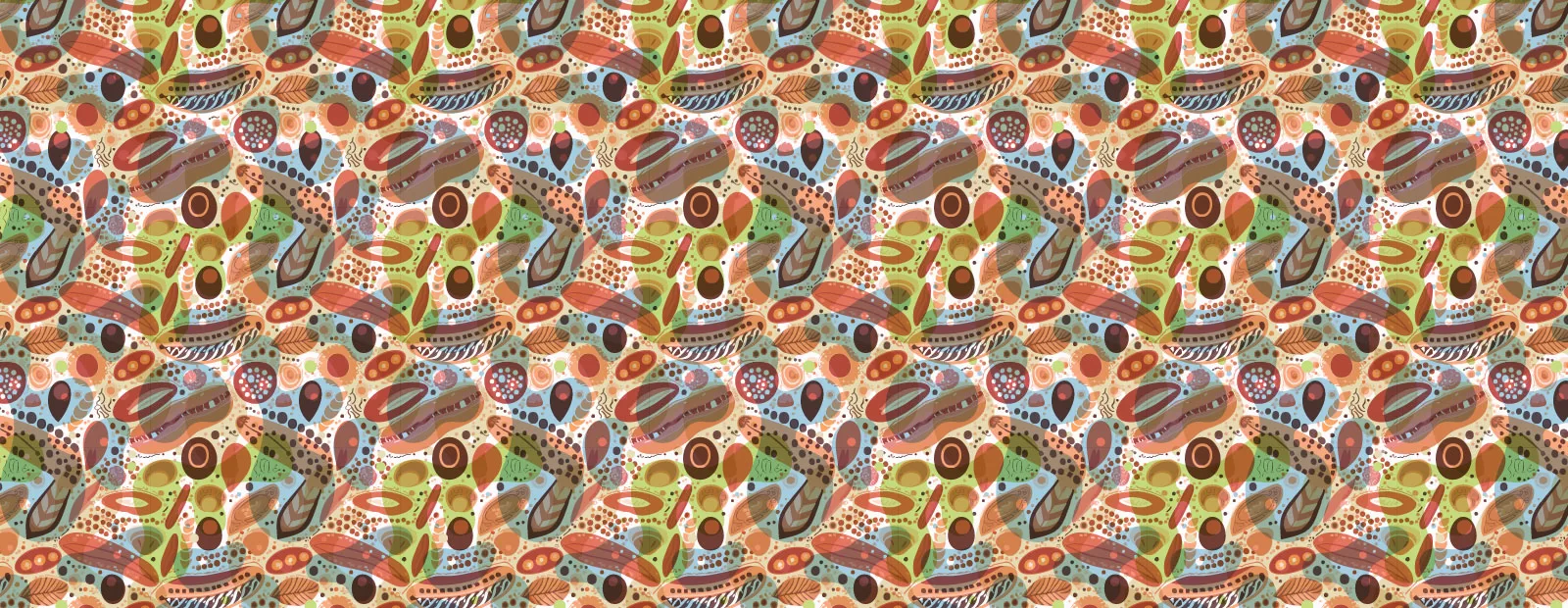H. P. Somerset

Henry Plantagenet Somerset was arguably the most influential man in the Brisbane River Valley region between 1904 and 1920 when he served as the Member for Stanley in the Queensland Legislative Assembly. His background was aristocratic and he brought an inclusive, small-‘l’ liberal philosophy to the representation of his electorate.
He oversaw the introduction of the Brisbane Valley branch railway line to Yarraman and determined the location of the Somerset Dam that now bears his name. He had a life-long interest in, and prodigious memory about, horse breeding and wrote a book about his early experiences in Queensland called “Trombone’s Troubles: Experiences of a Queensland Jackeroo in early pastoral days”. He expected this to be published by his brother-in-law after his death in 1936 with the royalties willed to his daughters but it was not published until 2010 by Boolarong Press with Griffith academic, Denise Bender, as editor. The local government area that encompasses most of the Brisbane River Valley is now called the Somerset region.
Family of H P Somerset
Jack Maloney
Jack Maloney was a stockman on Eskdale Station at the outbreak of WWI and was assigned to the Remount Unit in Egypt with the eldest son of the property owner, Les Lord. This placement could have been influenced by Les’s father, E.F.Lord, who was also Captain of the officially unrecognised Legion of Frontiersmen (Esk) at the time. The two men remained there, together, until the end of the war when their unit commander was A.B. (Banjo) Patterson, famous for writing The Man from Snowy River and Waltzing Matilda. Jack Maloney was painted by a local artist, Lyn Felsman, from an army photograph and can be seen at the Toogoolawah R.S.L.
Billy Mateer
Billy Mateer had delivered cattle to H.P. Somerset’s property, Caboonbah, just before the 1893 flood and he was one of two horseman to be sent by Somerset with urgent advice to Brisbane about the impending disaster. His ride was dangerous but successful and his horsemanship applauded. But it is his story as a member of an Irish immigrant family who made good when so many others were failing that provides a fascinating backdrop to his famous ride.
[E] F Lord
[E] F. Lord was the son of the local Member for Stanley (Fred Lord) at the end of the 19th century but chose not to follow his father into politics. But he was an activist for many causes just the same, notably as the leader of the local Bushmen’s contingent to help break the General strike as special constables in 1912.He returned to become the chairman of the local divisional council. E.F. Lord’s placement of his son with his stockman, Jack Maloney, in the Remount Unit during WWI is documented in Jack Maloney’s story above. E.F. Lord founded the Esk League of Frontiersmen after the war as well as the Bushman’s Carnival that became the well known Esk Campdraft.. He imported the 1920 Melbourne Cup winner, Poitrel, to stand stud at Eskdale and, at the time of his death several years later, he was agitating for the development of an Agrarian League in Queensland.
S “Scamp” White
S. (Scamp) White’s story is summarised in the publication of the “Life and Times of R.S (Scamp) White available in our online Shop.
Toogoolawah’s ” Three Lady Doctors”
From 1904 until 1924 Toogoolawah and a wide region north, east and west of the town were served by three female doctors; Dr. Jessie Marie Stewart (1908-1912), Dr. Rosamond Benham (1912-1914) and Dr. Edith Emily Fox (1915-1924). All these pioneer women shared acknowledged intelligence, competence and steadfastness in the face of documented opposition but their acquisition and discharge of these talents could not have been more diverse.
Joseph Stringfellow
Amongst his many other achievements in Queensland, Joseph Stringfellow supervised the making of the coach road through the Brisbane Valley from Ipswich to Nanango and beyond in 1870. It was called the Upper Brisbane Valley Road when it was tabled in Parliament at the end of that year and cost £400.1 It has been called the Great North Road2 by the locals although this name was also applied to the road from Caboolture via Kilcoy to the Gympie goldfields that he also built.
According to his death certificate Joseph was born in Ashover, Derbyshire in July 1831 but his birthplace is recorded on the 1851 UK census as Ashbourne. At that time he was living with his parents (Joseph Stringfellow and Hannah Sarah nee Bradley); another brother Francis Gervase (3) and three sisters, Mary (12), Ann (11) and Alice who was only four months old. Mary was described as a ‘scholar’ while Joseph jun. was an apprentice joiner. His father, Joseph sen. was at that time a shop keeper and flour dealer in Hulme although he had been registered as a joiner in 1841. Ashover was a very pretty country village where the principal occupation was Stocking Frame Knitting;
Robert Williams
According to the 1851 UK Census, Robert Williams was born in 1843 at Almondsbury, Gloucestershire as the third son of Charles Williams and Mary Ann Barnett whose family included James (1837-1854); Thomas (1840-1917); Charles (1842-1887); Robert (1843-1907); George (1946-1926); John Barnett (1848-1917); Esther (1850-1927); Enos (1952-1915) and Alfred (1854-1939). James is reported by Sked 1 as dying in the Crimean War in 1854 aged 16 and four J. Williams’s are recorded on casualty records for that time– a corporal, two privates and one apprentice on board ship that seems the most likely. His burial is recorded in Warwickshire in 1854.
Both Thomas and Charles Williams were apprenticed to their father who was a master mason. In 1851 Thomas, aged 11, was already working for his father and described as a “Sunday Scholar” that was the only day available for his ‘education’ in church. Charles and Robert were attending school daily.
Robert Williams’s family suggest that he left home like his older brother, James, and spent some time working at Stonehouse, a town in the Stroud District of Gloucestershire in southwestern England. Its history is interesting. Stonehouse was recorded in the Domesday Book (a.d.1086) in Old English as ‘Stanhus’ because the manor house was built of stone and by 1840 Stonehouse was the home of weavers, textile workers and brickmakers. It is a fair guess that Robert Williams was working in one of the thirteen brickmaking sites there, the most famous of which was the Stonehouse Brick and Tile Co.

